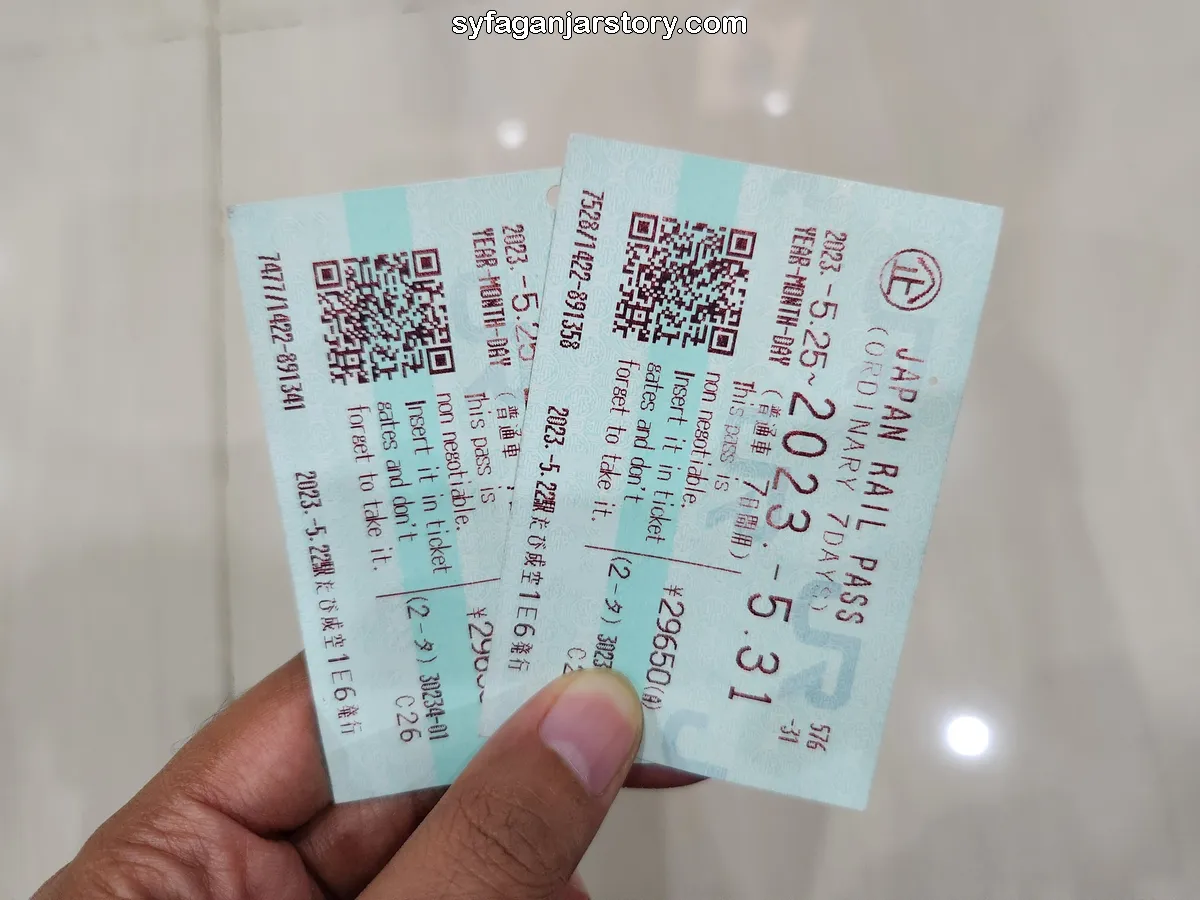In addition to trains, buses are a popular mode of transportation in Japan, especially for getting to destinations that are not easily reached by train, such as the Kinkakuji Temple in Kyoto.
Taking a bus in various Japanese cities is relatively straightforward and quite similar to using buses in places like Singapore or Indonesia. The interiors are comfortable, making it an accessible option for people of all ages.
This article aims to provide a step-by-step guide on how to ride a city bus in Japan. If you're planning a trip to Japan soon, this information should prove useful.
Before boarding the bus, you'll need to choose a method of payment. There are three primary ways to pay for bus fares in Japan: IC Cards, Ticket Passes, and cash.

An IC Card is an electronic money card used for various modes of public transportation, including trains and buses. There are several types of IC Cards in Japan, such as Suica, Pasmo, ICOCA, Toica, and Pitapa.
These cards are widely accepted across Japan and can be purchased at train stations from either ticket counters or vending machines.
If you're in Tokyo, a Suica card is an excellent option. For those staying in the Kansai region, which includes cities like Osaka and Kyoto, the ICOCA card is a popular choice.

Pass-type tickets like the JR Pass or Tokyo Subway Pass are highly recommended for tourists. These passes are available in both paper and electronic formats.
The main benefit of using a pass is that you can ride trains and buses without worrying about depleting your funds. Passes come with different validity periods, ranging from 1 day to 14 days.
However, it's essential to note that these passes are usually restricted to transportation options provided by the issuing company.
For instance, a JR Pass is only valid on JR-operated trains, buses, and other forms of transportation. Therefore, it's crucial to plan your travel routes carefully to ensure they align with the coverage of your chosen pass.

Most Japanese buses also accept cash, primarily because they often have a flat-rate fare system. This means the cost is the same regardless of the distance traveled.
If paying in cash, it's important to use the exact amount, as neither the driver nor the payment machine will provide change.
If you don't have the exact fare, you can use a money-exchanging machine usually located next to the payment area to break larger bills.


Once you've sorted out your payment method, head to the nearest bus stop. Japanese bus stops come in various forms, but most commonly have seats and canopies.
Information about the bus routes and numbers are usually displayed at the stop. Some bus stops are just simple poles with essential information like the bus numbers that stop there.
To get detailed route information, you can check your Google Maps. To catch the bus, wait for it to arrive and wave your hand to signal the driver to stop.
After the bus stops, board it. Depending on the city, you'll find buses with entrances either at the front, middle, or back.


City buses in Tokyo usually have a front entrance. To pay, tap your IC Card on the card reader next to the driver. If using a ticket pass, show it to the driver. For cash payments, there is usually a coin slot near the card reader.
Once payment is complete, find an available seat or stand in the aisle, holding onto poles or straps for support.
In some cities like Kyoto, buses have center or rear entrances. For these buses, you can sit or stand without immediate payment, as you'll pay when exiting.
Please remember that smoking, eating, drinking, and littering are not allowed on the bus. Priority seats for the elderly, pregnant women, and people with disabilities should be respected.


Most buses announce upcoming stops in both Japanese and English, although some might only do so in Japanese. Information screens inside the bus also display the next stop. If your bus doesn't have this feature, you can use Google Maps for guidance.
As you approach your destination, press the stop button, which is usually located on a pole or the wall. The button will light up when activated. Begin moving towards the exit to facilitate a swift exit from the bus.
When the bus reaches your stop, head to the exit. If you boarded a bus with a center or rear entrance, you can exit immediately since you pay upon exiting for these types of buses. If your bus has a front exit, make your payment (if you haven't already) before exiting.
And there you have it—a comprehensive guide on how to ride a city bus in Japan. Buses can be a convenient option if your destination is not accessible by train or is far from a train station. Good luck!

